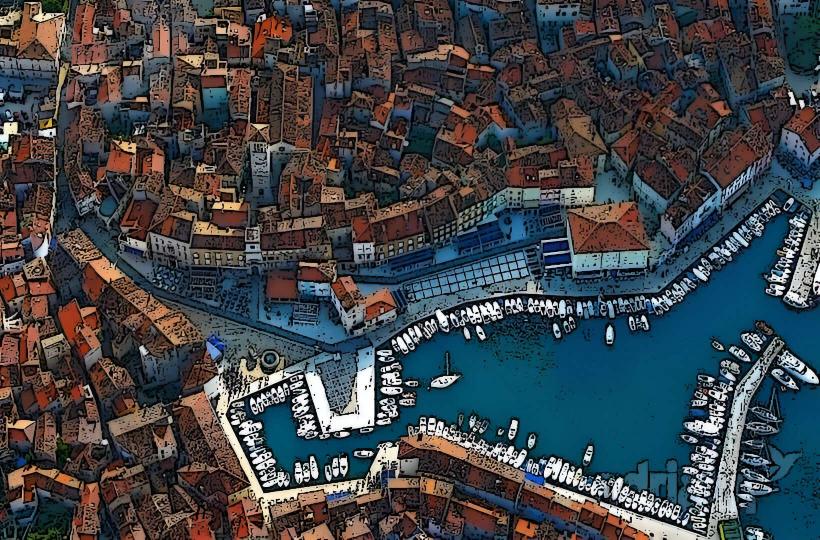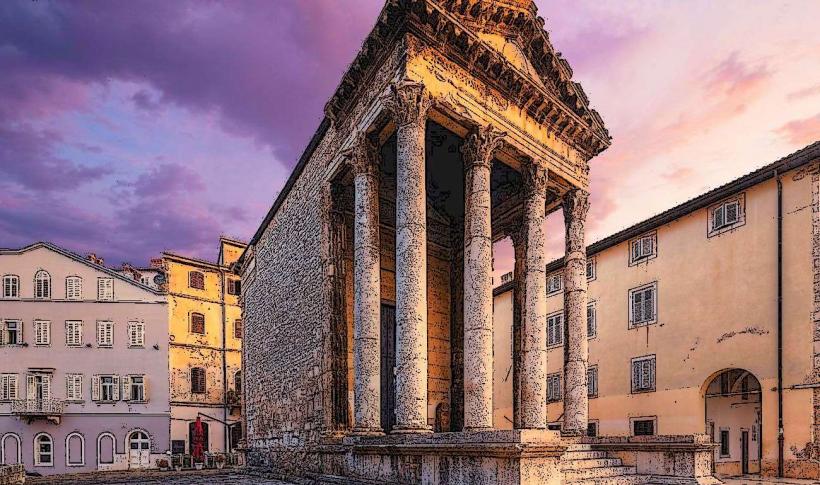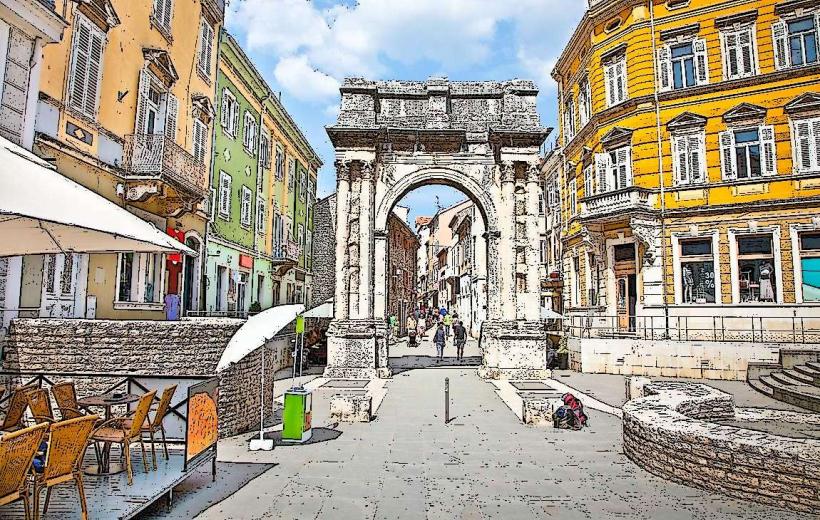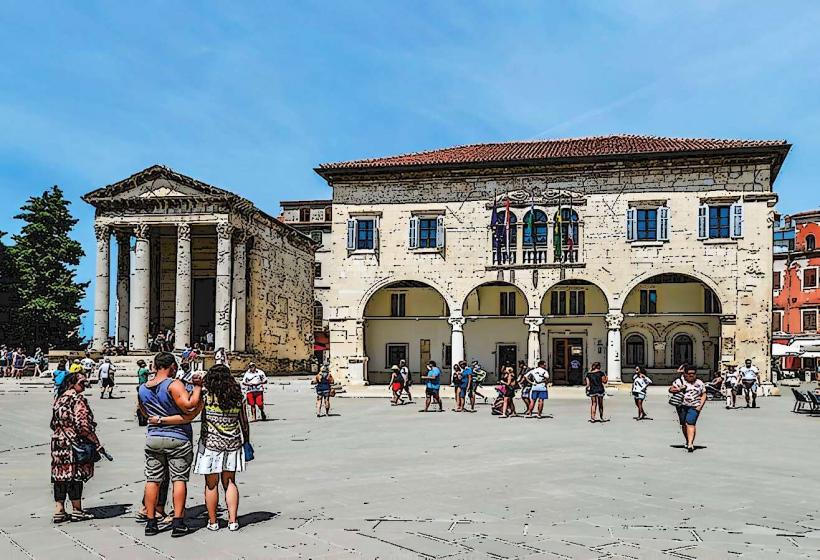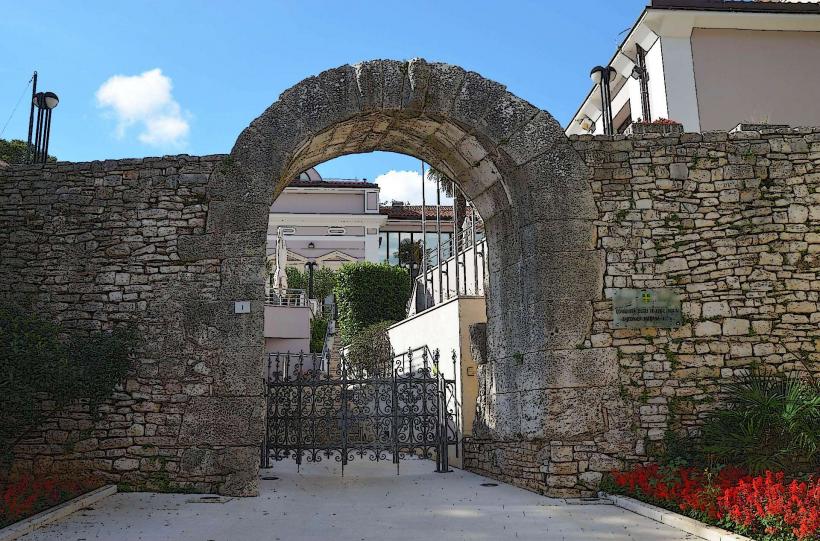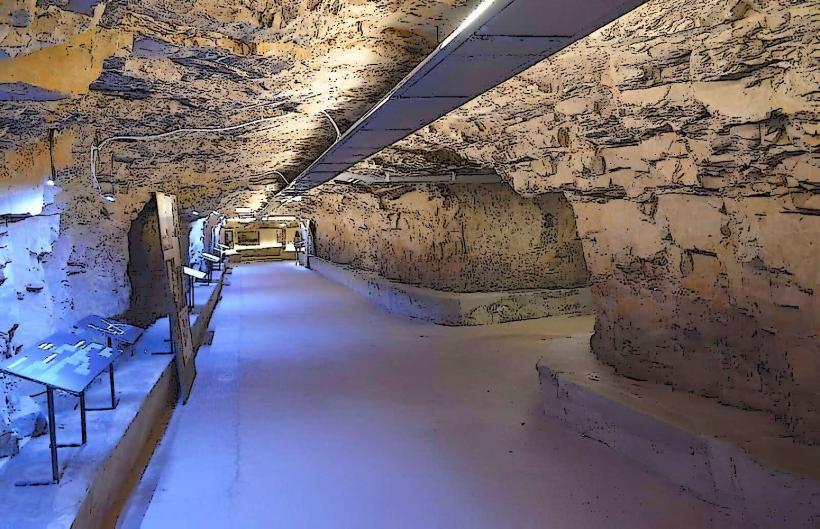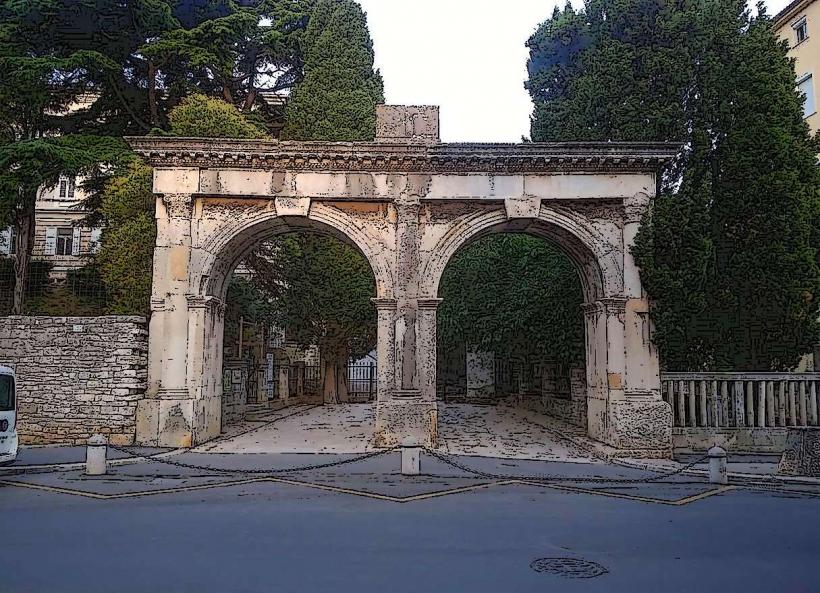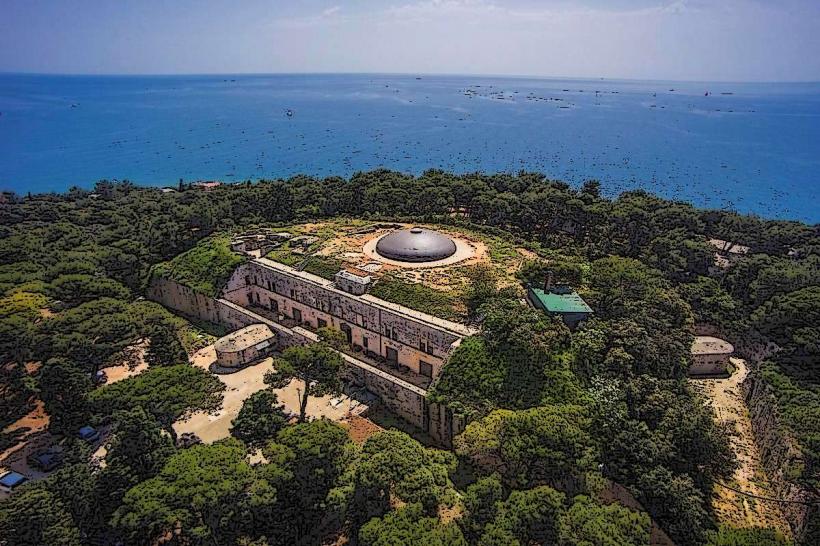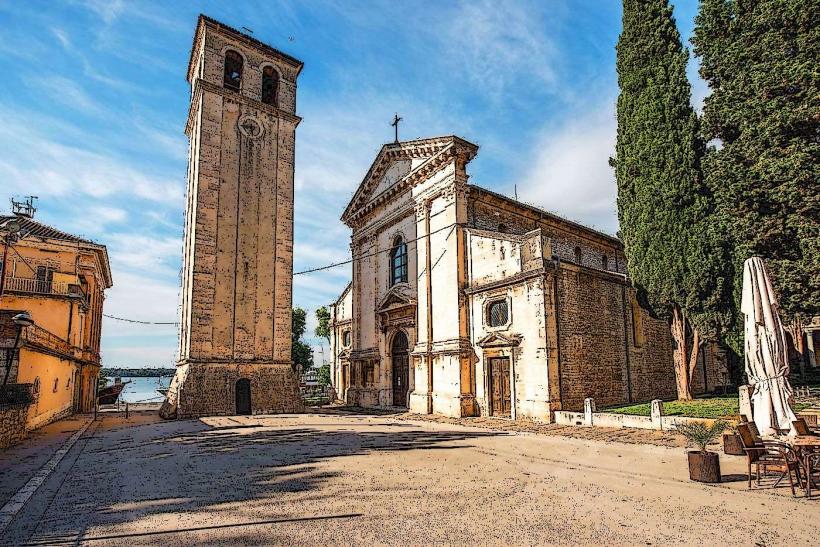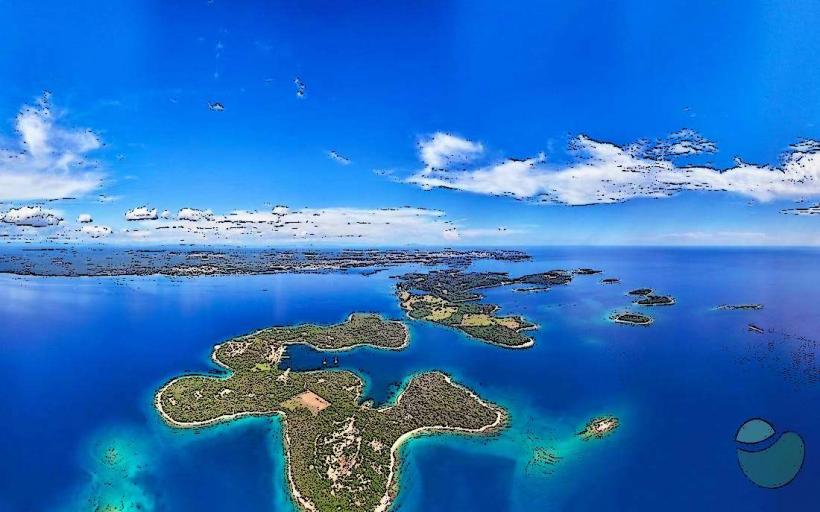Information
Landmark: Pula ArenaCity: Pula
Country: Croatia
Continent: Europe
Pula Arena – Pula, Croatia
The Pula Arena is one of the best-preserved Roman amphitheaters in the world, located in the heart of Pula, a coastal city in Istria, Croatia. Dating back to the 1st century CE, this iconic structure stands as a testament to the grandeur and architectural ingenuity of the Roman Empire. It is Pula’s most famous landmark and an essential stop for history lovers and visitors interested in ancient architecture.
Historical Background
- Construction: The Pula Arena was built between 2 BCE and 14 CE, during the reign of Emperor Augustus, making it over 2,000 years old. It was constructed as a venue for gladiatorial games and other public spectacles, common in Roman cities.
- Roman Pula: Known as Pola in Roman times, Pula was a significant naval base and a thriving urban center within the Roman Empire. The amphitheater was a symbol of Roman power and prestige.
- Usage: Over the centuries, the arena hosted gladiator combats, animal hunts, and even naval battles when the arena was flooded with water. Later, it was repurposed for various uses, including as a Christian church, a fortress, and a military barracks.
Architectural Features
Size and Capacity
- The Pula Arena is the 6th largest Roman amphitheater in the world and the best preserved. It could originally hold up to 20,000 spectators, making it one of the largest amphitheaters of its time.
- It features a classic elliptical shape, measuring approximately 132 meters long and 105 meters wide.
Materials and Construction
- The amphitheater was constructed using limestone sourced locally, and its walls rise up to 32 meters in some places.
- The structure is made up of four concentric rows of arches, giving it a monumental appearance, with the external arches being the most impressive and best-preserved.
Venetian Influence
- In the 15th century, the Venetian Republic took control of Pula, and some modifications were made to the arena’s structure, though the original Roman features were largely maintained.
Current Use
- Cultural Venue
- Today, the Pula Arena is primarily used for cultural events, including concerts, film festivals, and theatrical performances.
- It is most famous for hosting the Pula Film Festival, which takes place every summer and draws crowds from around the world.
- Summer Events and Concerts
- The Arena hosts a variety of musical concerts, including performances by international artists. The acoustics within the amphitheater make it a unique venue for these events.
- Tourist Attraction
- Visitors can explore the structure, wandering around the tiers and passageways, where they can enjoy views of the surrounding city and the Adriatic Sea.
- The Arena is open to the public for guided tours, which provide deeper insights into its history, architecture, and the events that took place here.
Notable Features and Sights
The External Façade
- The Pula Arena’s façade, with its arches and columns, is a striking example of Roman engineering. Visitors can see how the original stonework has been preserved and restored over time.
Underground Passageways
- The amphitheater features underground chambers where gladiators and animals were kept before they entered the arena. These passages are open to visitors, giving a glimpse into the inner workings of the Roman spectacle.
Spectator Levels
- Visitors can climb to the higher levels of the arena for panoramic views of Pula and the nearby Brijuni Islands. The arena’s elevated position provides stunning vistas of the Adriatic coast.
Arena Floor
- The arena floor is typically used for events, but during the off-season, it is exposed so visitors can appreciate its original design, including the areas where gladiatorial combat once took place.
Interesting Facts
Best Preserved Roman Arena
- The Pula Arena is considered one of the best-preserved Roman amphitheaters in the world, largely because of its continued use and the restoration efforts that have taken place over the centuries.
Functioning through the Ages
- Unlike many Roman structures that were abandoned or demolished, the Pula Arena remained in use for various purposes throughout history, including as a fortress during the Middle Ages and a warehouse during World War II.
Seating Capacity
- The amphitheater once seated up to 20,000 spectators, though the seating area today is much smaller, as some sections have been removed for safety and preservation.
Naval Battles
- The arena is unique in that it was designed to host naumachiae (mock naval battles), where the arena would be flooded with water to recreate naval warfare, a spectacle for the Roman public.
Visitor Information
- Location: The Pula Arena is located near the city center of Pula, easily accessible by foot from the Old Town.
- Opening Hours: The arena is generally open year-round, with extended hours during the summer months.
- Entrance Fee: Admission fees apply for visitors, with discounts for students, seniors, and groups. Tickets usually include access to the site and a guided tour.
- Guided Tours: Available in multiple languages, these tours provide a deeper understanding of the amphitheater’s history and significance.
Nearby Attractions
- Pula Old Town: A short walk from the arena, the Old Town is home to many historic Roman structures, such as the Temple of Augustus and the Roman Forum.
- Brijuni Islands: A short boat ride away, this national park offers historical and natural attractions, including Roman ruins, a safari park, and beautiful landscapes.
- Arch of the Sergii: Another Roman monument located in the city, offering a look into Pula’s architectural legacy.
Conclusion
The Pula Arena is a magnificent and historic monument that offers a glimpse into the grandeur of ancient Rome. As one of the most impressive Roman structures still in use today, it is a must-visit for history enthusiasts, architecture lovers, and those seeking a unique cultural experience. Whether attending a concert, exploring its history, or simply enjoying the breathtaking views, the Pula Arena is an iconic symbol of both the past and present of this historic city.

